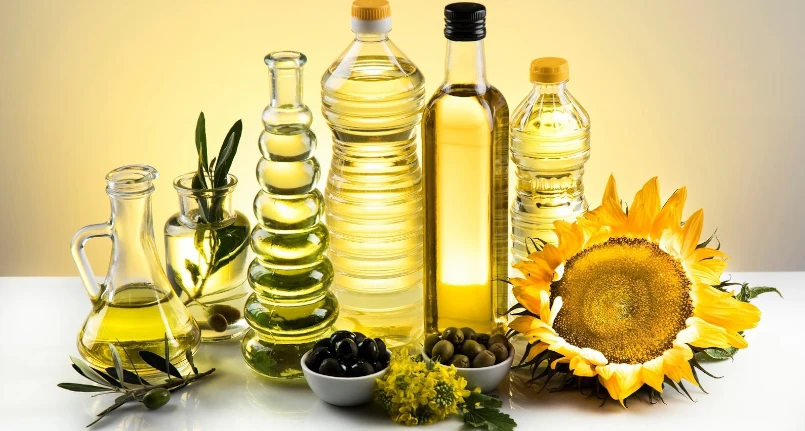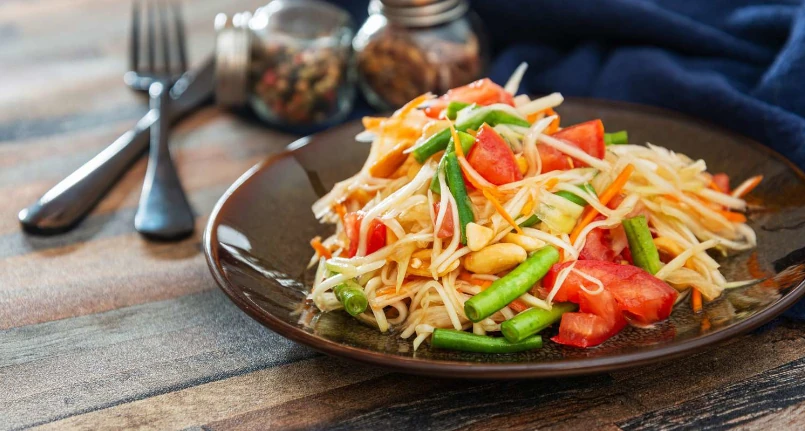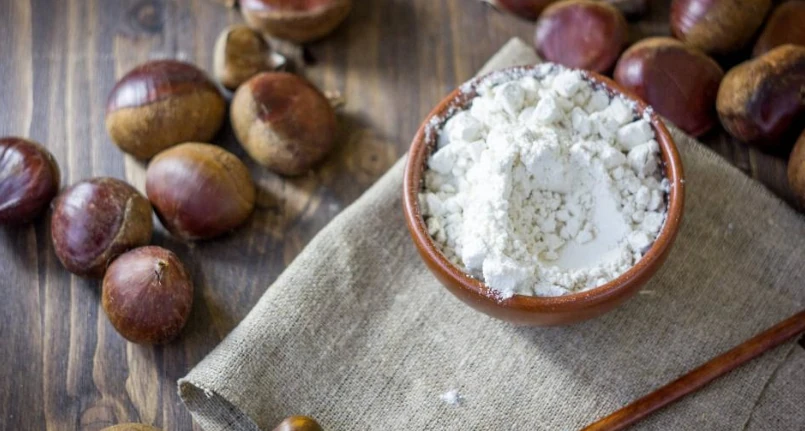Introduction
Frying is one of the tastiest cooking methods but not exactly healthy if it is used in excess, because it is rich in fat and salt . To make frying a healthier meal, it is useful to pay attention to the oil you use. Oil is nothing more than a set of fats which are in a liquid state at room temperature, and which transform into a gaseous state at high temperatures. There are oils that are more suitable for frying because they are rich in monounsaturated fats that tolerate heat and oxidation better.
The Smoke Point of the oil
One of the fundamental elements to take into consideration when frying food is the smoke point , i.e. the melting point, chemically the temperature of the oil at which the liquid substance becomes gaseous, and thus begins to evaporate. In summary: heat generates molecules “potentially harmful to health, and even carcinogenic . In this regard, frying oil does not reach the smoke point , which would make it dangerous, because it is potentially harmful.
The smoke point varies according to the type of oil and the refinement , but is strongly correlated to the temperature at which it reaches the stove. They are, for example:
- Sunflower oil 130°
- Soybean oil 130°
- Corn oil 160°
- Peanut oil 180°
- Extra virgin olive oil 210°
- Refined palm oil 240°
The higher the smoke point, the more ideal the oil is for frying. However, there is an exception: according to the different temperatures of the smoke point, refined palm oil would be preferred (palm oil is always refined), but this variety of oil has further problems that do not make it particularly healthy .
What happens to oil when frying?
Oil , when heated to high temperatures, can undergo oxidation which causes the formation of some harmful substances. A too high temperature or the use of the same oil for several frying can make the adverse effects more aggressive. To choose the right oil for frying, the smoke point and the monounsaturated fat content must be taken into consideration. In this sense, it is useful to check the labels carefully where you will find indications that can better direct you. In general, for frying, it is better to use olive oil , extra virgin olive oil and peanut oil . To be preferred to sunflower oil , corn and soy which tend to deteriorate easily when exposed to high temperatures.
Frying oil: monounsaturated and polyunsaturated fats
Oils are part of the category of unsaturated fats , which would make one think mainly of healthy and harmless foods . A distinction is needed, within the aforementioned category. In fact, there are two subgroups. They are: monounsaturated fats and polyunsaturated fats. The former have greater resistance to heat and oxidation, factors that make them more suitable when it comes to frying. Extra virgin olive oil , for example, has a percentage of monounsaturated fats of 75%, about double that of other oils ( 10% polyunsaturated fats ). An exception is peanut oil which reaches 50% (30% polyunsaturated). They are therefore stable oils, and suitable for frying.
Oils rich in polyunsaturated fats, on the other hand, aren’t as beneficial when it comes to frying. If eaten raw, they are beneficial, but at high temperatures peroxides and free radicals , harmful substances with carcinogenic potential, are released and put your health at risk. This category includes: sunflower oil (65%), soy (63%) and corn (60%), which are therefore not recommended for frying.
Fried: to be avoided if…
Excessive consumption of fried foods is related to a greater risk of developing more or less serious pathologies. Among them, we find:
- disturbance in sugar metabolism
- insulin resistance
- diabetes
- gestational diabetes
- cardiovascular problems
- hypercholesterolemia _
- high triglyceride levels
- hepatic steatosis and hepatic overload
- obesity
- bowel cancer , stomach _
Rules for healthy frying
Fried food should not be categorically excluded from our diet . However, there are some precautions that do not make it harmful to health. They are:
- Frequency: fried food should be eaten at most twice a month and in small portions.
- Prefer fresh oil and do not reuse the same oil several times
- Avoid pre-fried foods , which would then be double fried
- Fry between 160 and 180 degrees. In this sense it is useful to have a cooking thermometer
- Do not exceed with the breading which would end up absorbing a large amount of oil. In this case, beat the slices of meat , fish or vegetables to remove the excess breading.
- Dip all the food in the oil
- Let the oil absorb by placing the fruit and vegetables on a sheet of absorbent paper
- Add a little salt only after frying
- Accompany with salad and fresh vegetables
- Avoid sauces high in fat and sugar .




